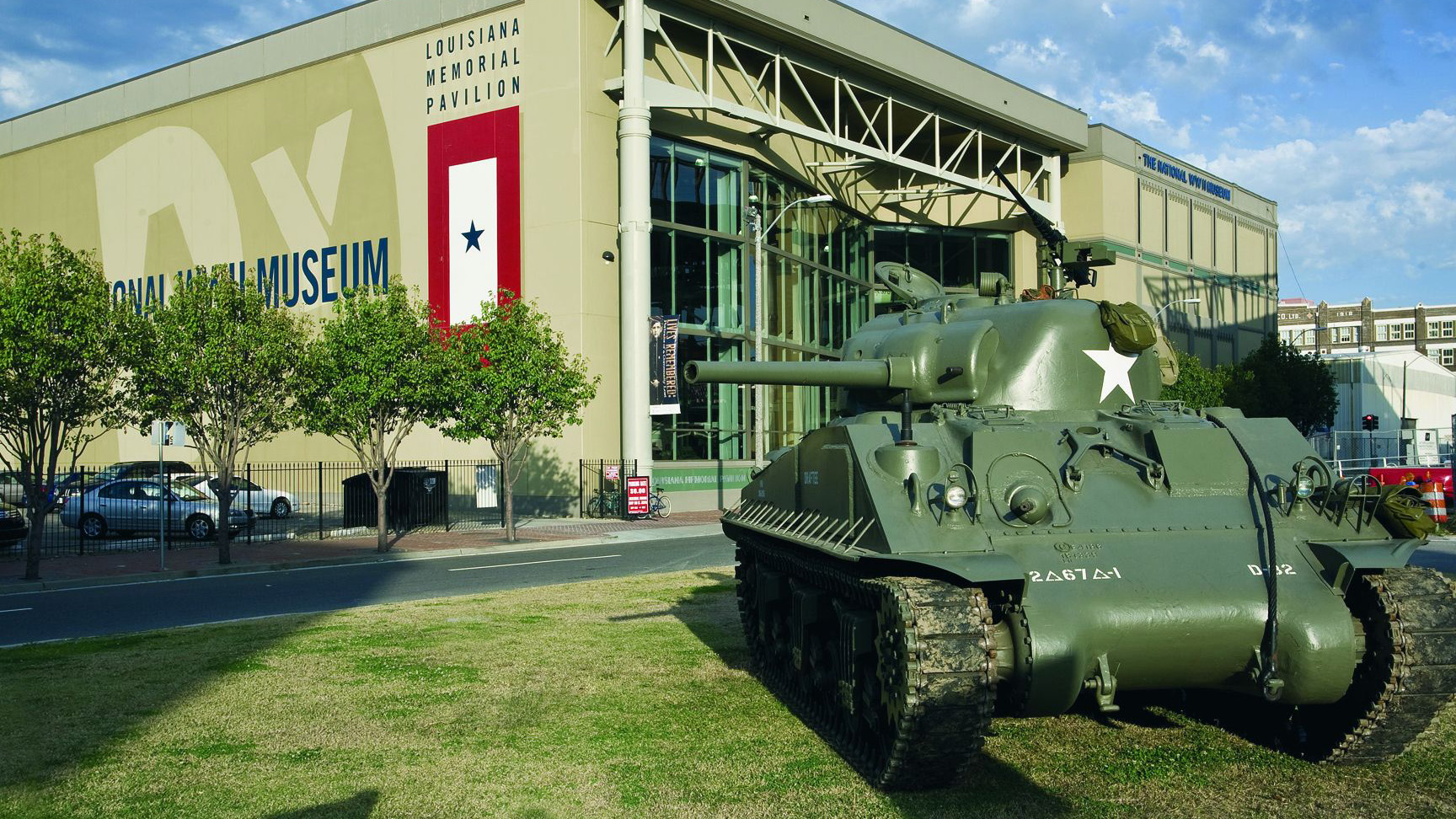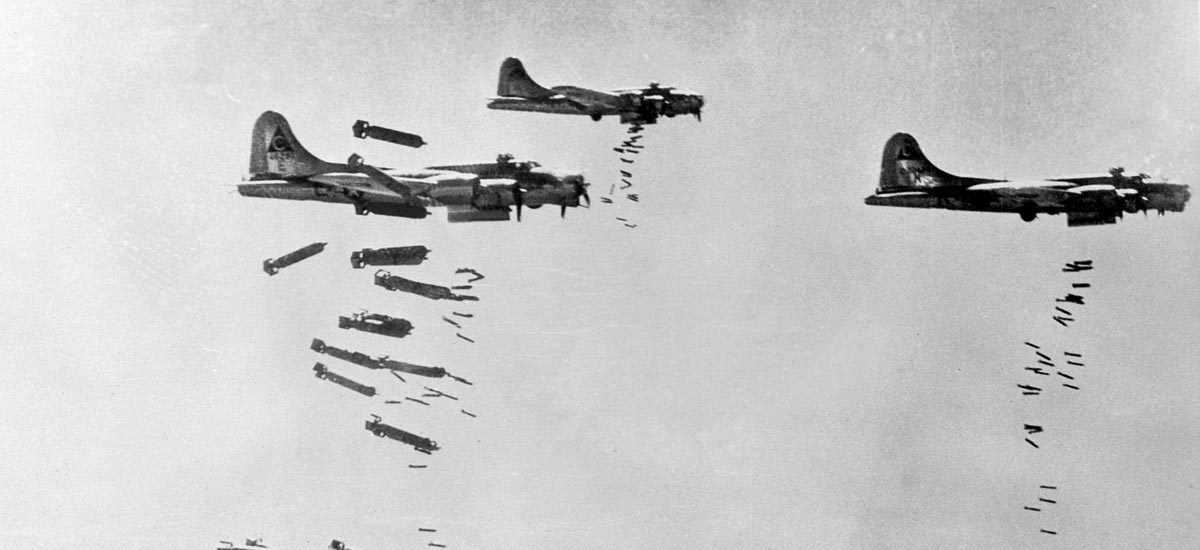Artwork: Keith Rocco
Lieutenant Jimmie Monteith, Company L, 16th Infantry Regiment, arrived off Omaha Beach with the first assault wave, on D-Day, June 6, 1944. Arriving hundreds of yards east of their designated landing zone, Lt. Monteith helped lead L Company men under intense fire some 200 yards to shelter at the base of the cliffs overlooking the beach.
To exit the beach, L Company would have to move through the Cabourg draw, defended by German bunker WN 60. When his company commander was badly wounded, Monteith moved under heavy fire to reach two Sherman Duplex Drive tanks, directing them to use their 75mm gun and machine guns to suppress the German fire.
After opening a barbed wire barrier with a Bangalore torpedo, Monteith led his men through a minefield, quickly engaging the German defenders of WN 60.
Returning under heavy fire to the two tanks on the beach, he led them on foot through a minefield to better firing positions. With suppressing fire from the tanks, as well as off-shore fire from the destroyer USS Doyle, Monteith led his men up the draw to reach the hedgerows overlooking the beach.








What a true hero.